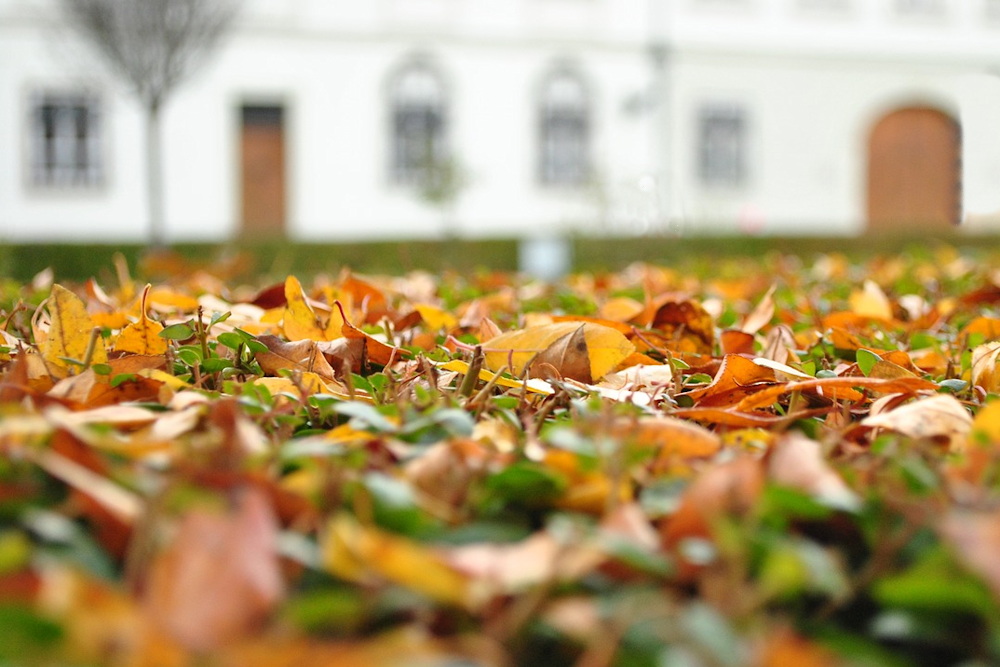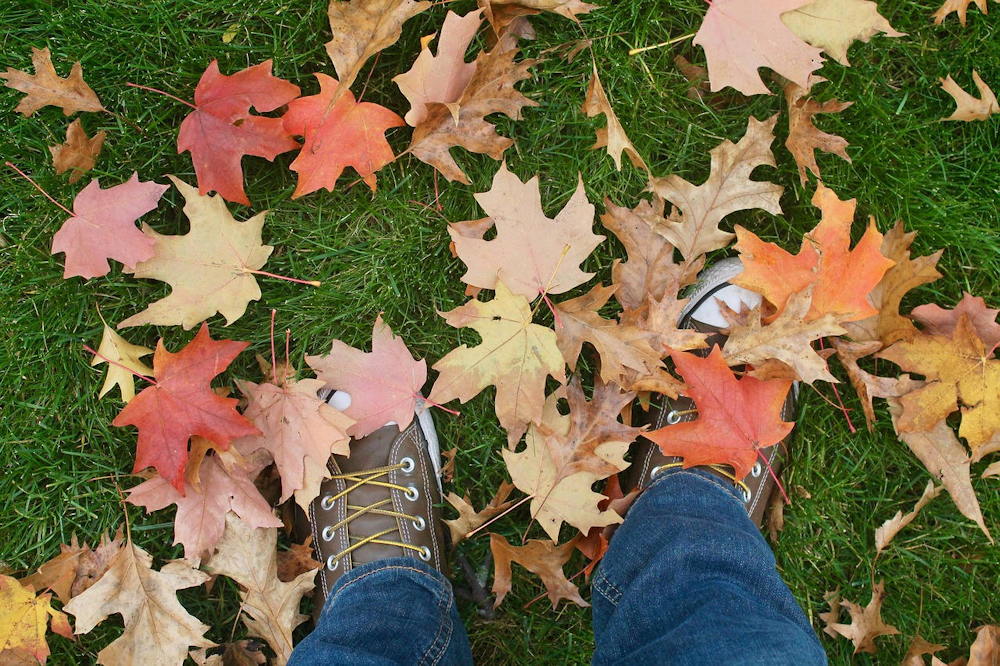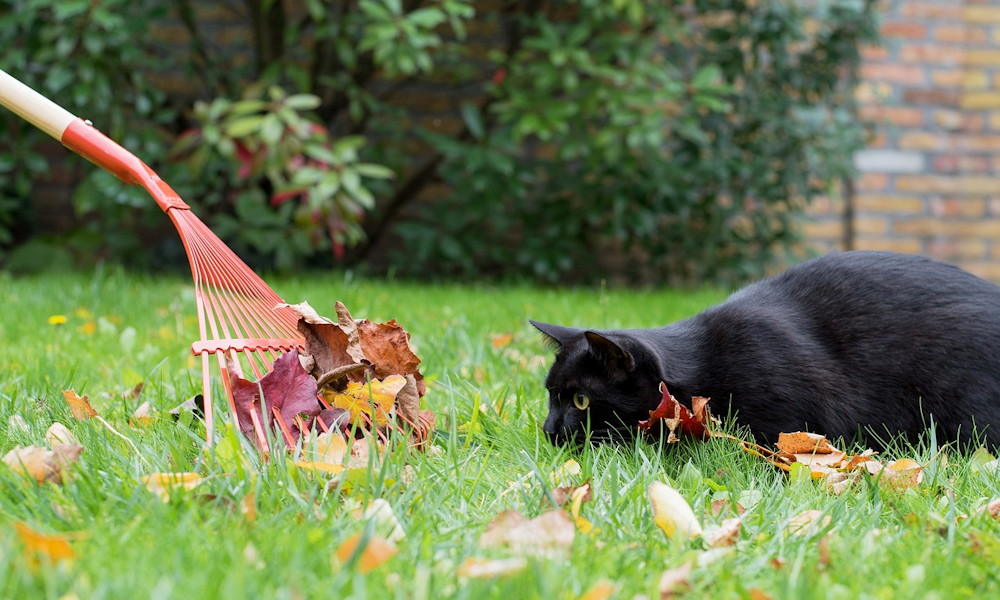As the vibrant hues of autumn foliage carpet your garden, there’s more to this seasonal splendor than just aesthetic beauty. Those fallen leaves can be transformed into nutrient-rich compost that will nourish your soil and promote a thriving garden come spring. To harness the full potential of this organic goldmine, follow these essential rules for composting autumn leaves from fruit and ornamental trees.
1. Diversity is Key
Collect leaves from a variety of fruit and ornamental trees in your garden. Different leaves bring a mix of nutrients to your compost, creating a well-balanced blend that benefits your plants.

2. Shred and Size
Before tossing leaves into the compost bin, shred them into smaller pieces. This accelerates the decomposition process and prevents the formation of a dense, suffocating layer in the compost pile. Aim for pieces about 1 to 2 inches (2.5-5 cm) in size.
3. Layering Technique
Achieve a well-balanced compost by layering leaves with other kitchen scraps, green waste and yard trimmings. This balance of carbon-rich (leaves) and nitrogen-rich (kitchen scraps, green waste) materials ensures a composting harmony.

4. Moisture Management
Maintain the right moisture level in your compost bin. Leaves tend to be dry, so add water periodically to keep the pile moist but not waterlogged. A damp environment encourages microbial activity, crucial for effective decomposition.
5. Turn and Toss
Regularly turn your compost pile to aerate it and speed up decomposition. Tossing the leaves ensures that microbes and beneficial organisms have access to all parts of the pile, preventing the formation of compacted layers.

6. Patience is a Virtue
Composting is a gradual process. Expect the decomposition of leaves to take several months. Be patient, and you’ll be rewarded with nutrient-rich compost that enhances your garden’s vitality.

7. Balance Your Browns and Greens
Maintain a balanced ratio of “browns” (carbon-rich materials like leaves) and “greens” (nitrogen-rich materials like kitchen scraps). Aim for roughly 3 parts browns to 1 part greens to achieve the ideal composting mix.

8. Avoid Disease and Pests
While leaves contribute valuable nutrients, be cautious about adding diseased or pest-infested foliage to your compost. High temperatures reached during composting may not kill all pathogens or pests, potentially reintroducing them to your garden.
9. Storage Matters
If you can’t compost right away, store leaves in a designated area. A wire bin or breathable container allows air circulation, preventing leaves from becoming a soggy mess. Remember to periodically turn stored leaves to maintain their quality.

10. Utilize Leaf Mold
For an alternative to traditional compost, consider creating leaf mold. This slow decomposition of leaves results in a dark, crumbly material rich in beneficial fungi, excellent for improving soil structure.

By following these guidelines, you’ll transform the autumn leaves in your garden into a nutrient powerhouse that nourishes your plants and enriches your soil. Composting becomes a rewarding cycle, where nature’s remnants contribute to the vibrant life of your garden. Embrace the fall and let your compost pile flourish!









